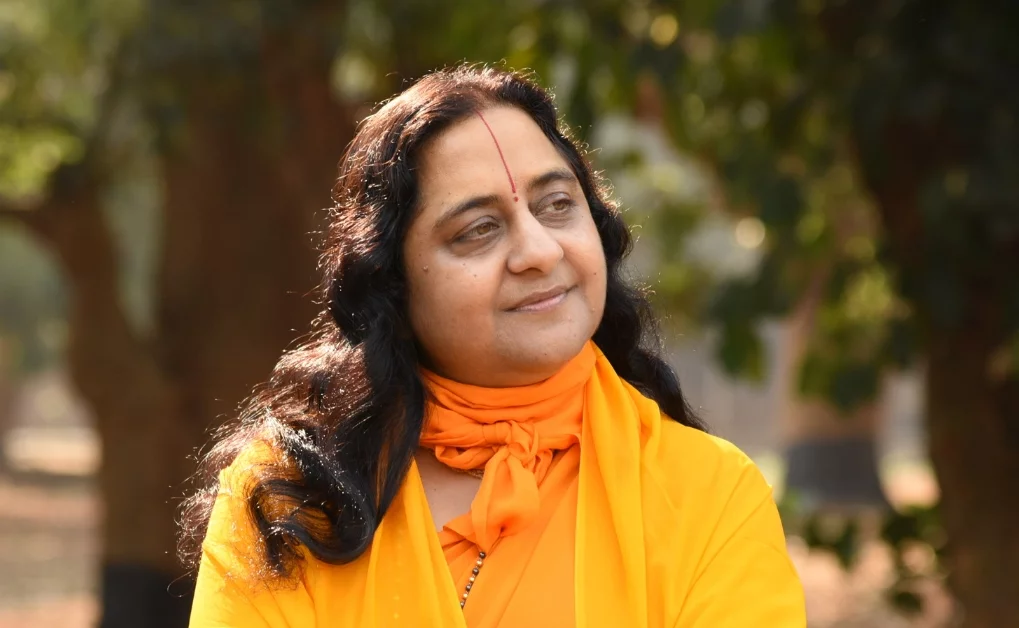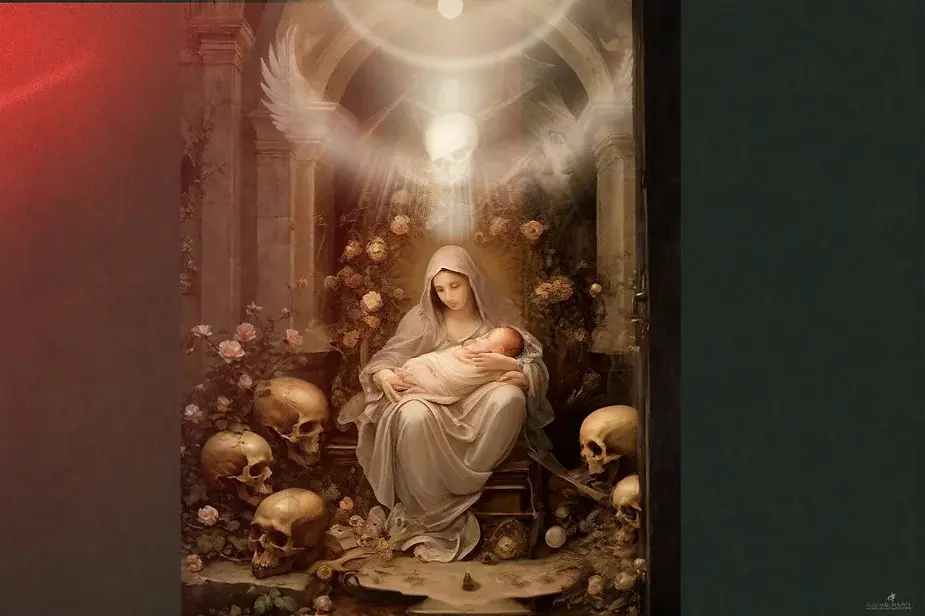How is Rakshabandhan celebrated according to Vedic Scriptures?
- H.H. Raseshwari Devi Ji

- Oct 14, 2022
- 3 min read
Updated: Jan 29
Rakshabandhan is not just a festival that celebrates the love between brothers and sisters; it has much greater significance too.

In present times, Raksha Bandhan is perceived in a limited and manufactured way. The sister ties the Raksha Sutra to her brother, who, in turn, assures her of protection. And, as a gesture of love, he gives her gifts. However, when we go deeper into the sources of this tradition, this custom has been prevalent only in the last 500-600 years. In reality, very few people are aware of the origins of Raksha Bandhan.
What Puranas say about Rakhi? Is Rakshabandhan just a festival about sisters tying rakhis to their brothers?
Raksha Bandhan is an auspicious festival for those tying the Raksha Sutra. In ancient times, when Vedic traditions were widespread, gurus used to tie the Raksha Sutra to their disciples on the Purnima day of Shravan. The Raksha Sutra was the Vedic initiation to start studying the Vedas. The guru, by tying the Raksha Sutra, would signal his acceptance of the disciple. The disciple, in turn, would resolve to start his journey of studies in the tutelage of his guru and serve him. This Vedic tradition is explained in Narad Purana. ( Narad Puran - Poorv Bhag - Chaturth Paad)
In the 137th chapter of Bhavishya Purana, when King Yudhisthir asked Lord Sri Krishna, the Lord explained the Vedic history of Raksha Bandhan and the reason why is it celebrated with such joyfulness. In this context, the Lord said that Indra’s wife, Sachi Devi, had tied the Raksha Sutra to her husband, the king of gods before he set out for battle in the epic fight between the devas and asuras. Because of the powers of this Sutra, Indra remained protected in the frightful struggle and was able to defeat the asuras.
It is clear that this festival is not just about sisters tying rakhis to their brothers; it is of far greater significance.
Celebrations of Rakshabandhan in Vedic tradition
In Bhavishya Puran, in the same chapter Lord Sri Krishna says, after having purified oneself by charitable deeds and bathing, one should get the rakhi tied by a Brahmin who is spiritual in conduct and a knower of spiritual
knowledge. ( ब्रह्म जानातीति ब्राह्मणः - Nirukt) Having done that, one should give the brahmin gifts of cows, money, clothes, and suchlike. A grihastha who does this is regarded as a steadfast upholder of dharma, and he remains happy because of the influence of dharma. ( Bhavishya Puran - Uttar Parva - Chapter 137)
Change in Rakshabandhan tradition over time
In the 11th chapter of Srimat Bhagavat Purana, Uddhav questions Sri Krishna – there are so many paths, traditions, and philosophies in prevalence in the world. Also, many traditions have changed and have become new one. The common person, faced with this, is confused and does not know what to do. The Lord accepted the justification of this question and answered –
कालेन नष्टा प्रलये वाणियं वेद संज्ञिता |
मया आदौ ब्रह्मणे प्रोक्ता धर्मो यस्य मादात्मकः ||
O Uddhav! With time My Vedas vanished, and I again manifested My resolve in the hearts of brahmins, that is, saints who are also true knowers of the divine. Later on, this was taken up as the Bhagavat dharma.
एवं प्रकृति वैचित्र्याद भिद्यन्ते मतयो नृणाम |
पारम्पर्येण केषाश्चित पाखंड मतयो अपरे ||
मन्माया मोहितधियः पुरुषाः पुरुषर्षभः |
श्रेयोवदंत्यनेकार्थम यथा कर्म यथा रूचि ||
However, people of different castes and creeds have different inclinations because of the three Gunas, sattwa, rajas and tamas. And because of this, they interpreted My Vedic instructions in their ways. My Maya fools the minds of all sentient beings. According to their karmas and inclinations, everyone has different sanskars, and it is, for this reason, the multitudes of paths, philosophies and profusion of traditions. Of these, some ways have come
from traditions, and heretics have established some.
In reality, the core of all festivals, celebrations, paths, philosophies and spiritual practices is only one and that is to love God wholeheartedly.
सब साधन कर फल प्रभु एहा | राम चरण पंकज दृढ नेहा ||
Note: If you have any spiritual queries, feel free to ask. Devi Ji may answer your query as a blog post here. Send your query to,
Mail: mailbgsm@gmail.com
Whatsapp: 8280342310
You may also like:





















Comments